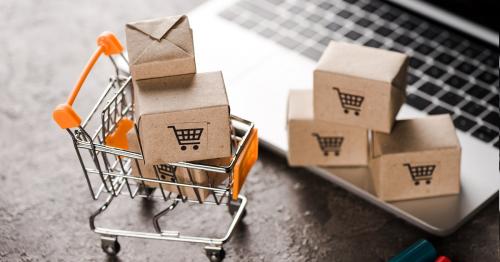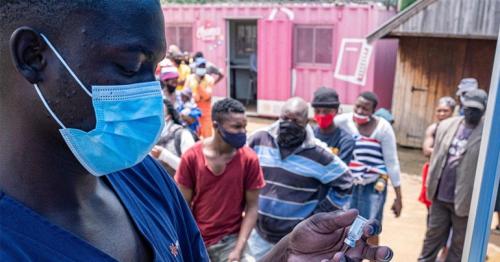The 21 Most Dangerous Foods in the World People Still Insist on Eating
10. Red Kidney Beans: These beans have phytohaemagglutinin, which can be toxic when eaten. For safe eating, make sure to boil the beans for at least 10 minutes. Any less time or lower temperature than boiling can increase the bean’s toxicity.
11. Raw Cashews: The “raw” cashews you buy from the market have actually been steamed to remove urushiol, which is a deadly chemical that is found in poison ivy. However, too much urushiol can be fatal, so never eat truly raw cashews.
12. Elderberries: When properly ripe and cooked, these berries are safe to eat, but only without their leaves, twigs and seeds (which all contain cyanide). Seizures and severe diarrhea can occur if you eat unripe or undercooked elderberries.
13. Casu Marzu: Made with goat’s milk, this Sardinian soft cheese is left uncovered while it is ripening. Therefore, flies are able to lay eggs on it, which leads to maggots. The maggots cause the cheese to ferment, but what is harmful is the remaining larvae. When eaten, the larvae can cause severe illness and discomfort by irritating your intestinal wall.
14. Echizen Kurage: Considered a Japanese delicacy, this poisonous jellyfish lives on tuna. To be eaten without risk, the toxic parts are removed and then the rest needs to be thoroughly cooked.
15. Fesikh: This fish must be dried in the sun and preserved with salt for 1 year before it is safe to consume. It is a traditional Egyptian dish made with fermented mullet fish that is eaten during a local spring festival.
16. Sannakji: Eaten in Korea, a baby octopus is cut into small pieces while still alive and then served immediately. Because the suction cups are still active on the raw tentacles, they can stick to your throat and choke you to death. Chewing the food well and swallowing quickly makes this dish slightly safer to consume.
17. Blood Clams: These clams live in low oxygen environments, which means they ingest more viruses and bacteria to get the nutrients they need. As a result, they can contain hepatitis A, hepatitis E, typhoid and dysentery. To stay safe, avoid clams that come from China’s waters.
18. Hakarl: This dish is an Icelandic national dish and is made with a Greenland shark that has been cured and hung up to dry for 6 months. Never eat this dish raw or uncured, because this type of shark does not have a urinary tract system and therefore filters waste and toxic substances through its skin and flesh.
19. Ackee: This dangerous fruit is the national fruit of Jamaica and contains hypoglycin, a toxic substance that causes vomiting. If the fruit is fully ripe and has been picked before it naturally opens to expose its black seeds (which are toxic), then it is considered safe to eat.
20. Giant Bullfrog: This celebratory dish in Namibia can only be eaten at certain times of the year when the frogs are mature. Young bullfrogs that have not mated carry a toxin that can cause kidney failure.
21. Fugu (Puffer Fish): This fish can paralyze and asphyxiate you if it hasn’t been prepared properly. It is considered a delicacy in Japan, but this fish’s organs contain tetrodotoxin, a dangerous neurotoxin. The Japanese law regulates the preparation of fugu at restaurants and chefs must go through at least 3 years of training before they can prepare the dish.
Now, chances are… you most likely will never come face to face with most of these items. However, the more you know, the safer you can be – especially if you travel!
Would you be daring enough to attempt eating one of these dangerous dishes?
tag: blog , information
Share This Post





